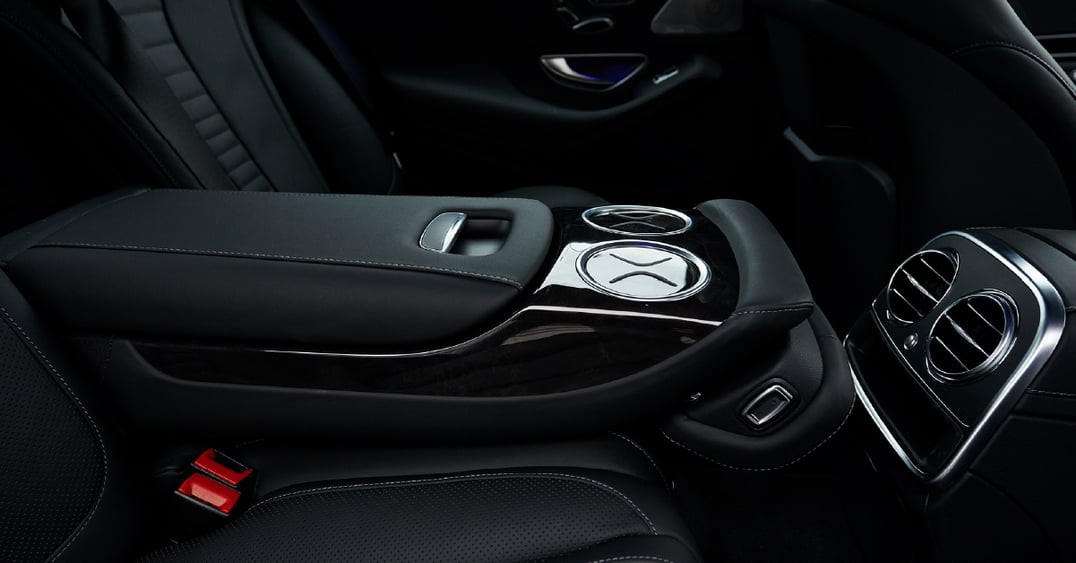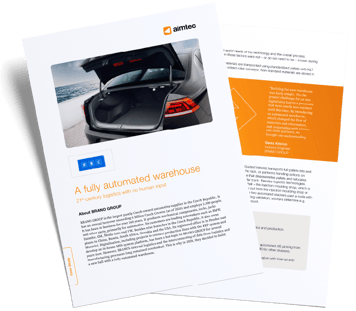The Fehrer Bohemia plant in Liberec produces armrests for use in the vehicles of the world’s leading automakers. Every day it produces 20,000 armrest units for 35 different car models. Its most complex product contains a full 150 components and has an unbelievable 580 variants.
In 2018 the company needed to increase its manufacturing volume as well as its warehouse capacity. Its newly constructed warehouse was 10% larger than the original, but the needed increase in warehouse positions and handling actions was much higher – up to 40%. The plant thus needed a qualitative change in the logic behind its new warehouse, towards the most comprehensive automation possible.
The result is partial warehouse automation that covers a large portion of the plant’s processes using modern warehouse technologies controlled automatically over SAP. Aimtec’s support has thus enabled this plant to develop further.









